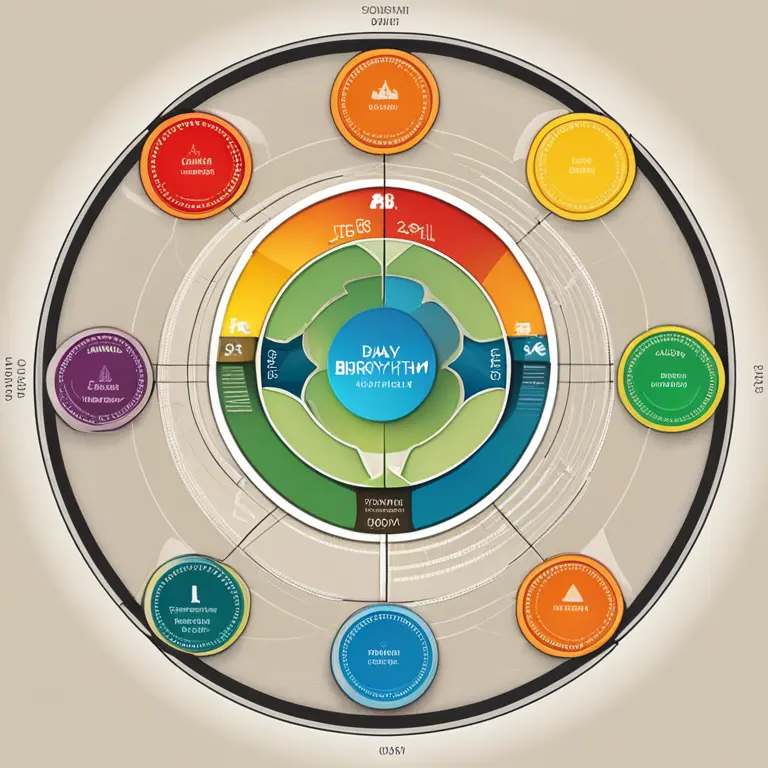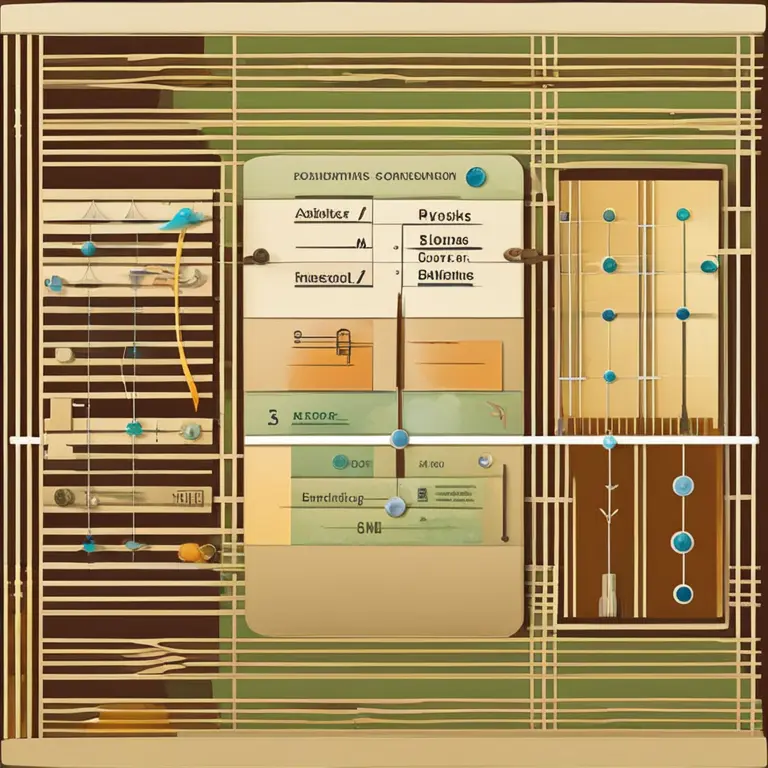
Biorhythms: The Intersection of Science and Wellness
Delving into the scientific basis of biorhythms, this article examines the concept's historical roots and modern relevance in personal health.
article by Adrian Wallace
What Are Biorhythms?
Modern science is persistently pushing the boundaries of what we understand about the natural world, including how our bodies operate. A fascinating area where science meets the rhythms of life is the study of biorhythms. These inherent cycles are believed to regulate various physiological functions, and the concept of biorhythms suggests that our physical, emotional, and intellectual capabilities are influenced by these natural patterns. These cycles begin at birth and oscillate in predictable patterns throughout life, presenting a unique blend of innate chronobiology and individual well-being.

Historical Insights and Scientific Approach
While the term "biorhythms" might appear modern, the idea dates back centuries, originating in ancient Greece. It was in the 19th century that Dr. Wilhelm Fliess proposed the theory in a scientific context, suggesting specific physical and emotional cycles. With today's advancements in chronobiology, the field that studies periodic phenomena in living organisms, biorhythms regain attention. Researchers use rigorous methods to understand how these cycles interplay with our life's ebb and flow, examining whether these patterns can be observed, measured, and perhaps even predicted.

Interconnecting Cycles of Biorhythm
Three primary cycles are central to biorhythm theory: the 23-day physical, the 28-day emotional, and the 33-day intellectual. Each of these cycles is thought to influence different aspects of health and behavior. Scientific investigation into circadian rhythms, which govern our sleep-wake patterns, has lent credibility to the notion that other cyclic processes may similarly impact our functioning. The scientific community continues to explore these connections, seeking evidence-based confirmation to support or refute the traditional biorhythmic models.

Technological Innovations and Biorhythm Research
The year 2024 and beyond sees a surge in wearable technology capable of monitoring a broad range of physiological parameters. These devices yield a treasure trove of data which researchers analyze to find patterns correlating with biorhythmic theories. By leveraging artificial intelligence and advanced data analytics, new insights are emerging, bridging gaps between holistic wellness concepts and empirical scientific data. This symbiosis has the potential to tailor personal health strategies to an individual's unique rhythmical patterns, possibly enhancing well-being and performance.

Critical Views and Ongoing Debates
Despite the intriguing nature of biorhythms, the scientific community remains cautious. Critics argue that empirical evidence for correlating these cycles with health outcomes is scant, requiring a continued skeptical view. The intersection of biorhythms and science is still a terrain of ongoing debate. Rigorous studies are warranted to provide a definitive verdict on biorhythms' impact on human health and performance, ensuring that claims are supported by solid scientific inquiry and not solely anecdotal evidence.
The Future Outlook on Biorhythms and Personal Health
The quest to understand biorhythms is more than an academic pursuit; it holds practical implications for enhancing personal well-being. As we deepen our understanding of these cycles, their potential applications in preventive health care, peak performance training, and even mental health could be significant. The science of biorhythms is poised to evolve, informed by innovative research, emerging technologies, and an ever-growing interest in personalized health metrics.
Published: 1/30/2024
Modified: 1/30/2024
More predictions
Come back here soon to learn more about yourself and your future


Sync Your Cycles for Harmony With Biorhythms
Delve into the synchronization of personal biorhythms to enhance relationship compatibility and understand its role in fostering deeper connections.


The Rhythms Within Science: A Guide to Biorhythms
Delve into the science of biorhythms to grasp how the physiological cycles influence our lives. This guide breaks down the complexity of biorhythmic patterns.


Biorhythm Compatibility: Sync Your Cycles for Harmony
Discover the intriguing connection between biorhythms and relationship harmony. Learn how syncing your biological cycles can foster deeper compatibility.